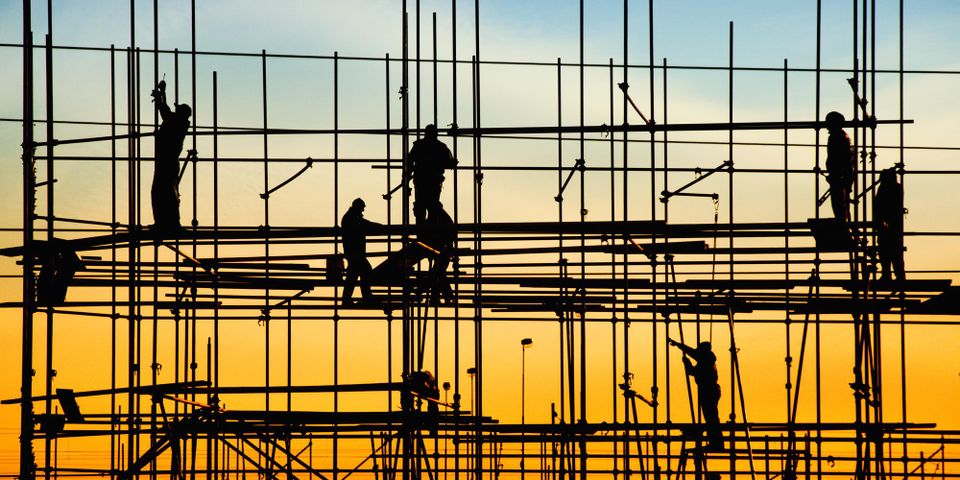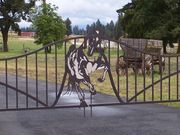The Benefits of Using Steel Framing in Your Home Instead of Wood

Wooden frames have defined the construction of American homes for hundreds of years, but that doesn’t mean it’s the best way to build anymore. Metal frames designed from steel fabrication have become increasingly popular, not only for their aesthetic but also for their quality.
Steel vs. Wood Framing
What Are the Problems with Wood?
Wood constructions aren’t bad. There are plenty of great reasons to use wooden framing. Not only is it traditional, but it also provides natural insulation. However, the drawbacks are extensive. Wood is costly to build with, and easily susceptible to damage by insects, and the elements. Wood-framed houses can last a very long time, but they’ll require more maintenance more often but the older they get. Exposure to water can cause wood to rot, and mold issues to develop—repairing that damage can be expensive, and mold is potentially dangerous to a home’s occupants.
Long-term considerations should also be made. As our population grows, and more homes are needed, the continued use of wood for building and framing is detrimental to the environment.
Steel fabrication frames don’t have those weaknesses.
Why Should I Consider Steel Fabrication?
Steel framing doesn’t have the long history of wood, but it’s hardly a new construction method. It first came to prominence in 19th century Europe. From framing to aesthetic additions like custom trusses, wrought iron gates, and metal railings, metalwork changed the architectural language of the era. After World War II, American soldiers stationed across Europe desired steel fabrication for their home’s framing.
Metal framed homes are cheaper to produce, and stronger than their wooden equivalent. Bolts placed in steel fabrications create stronger holds than nails in wood. Steel also has a longer lifecycle than wood, and requires fewer materials to build with due to its strength. Their frames can withstand hurricanes, and seismic activity much better than wood-framed houses. Due to that durability, insurance companies see homes with steel fabrications as less risky—potentially decreasing your insurance premiums, while increasing your property value.
Despite common misconceptions, steel isn’t harmful to the environment. Hazardous chemicals aren’t used in its creation, and 85% of the steel used today is recycled. While wood provides natural insulation, steel fabrication offers insulation packages that can save you money while reducing your carbon footprint. Steel framed solar paneling will provide heat to your home along with a tax break for using renewable energy.
If you’re considering steel framing for your home, reach out to Currier’s Certified Welding in Kalispell, Montana at (406) 752-2366. With nearly 50 years of experience in steel fabrication, welding, and custom steel art, their metalwork adds both security and beauty to your home. For a complete listing of their services, including structural steel and building fabrication, stairway railings, and wrought iron gates, or to view their impressive gallery, visit their website.
About the Business
Have a question? Ask the experts!
Send your question

